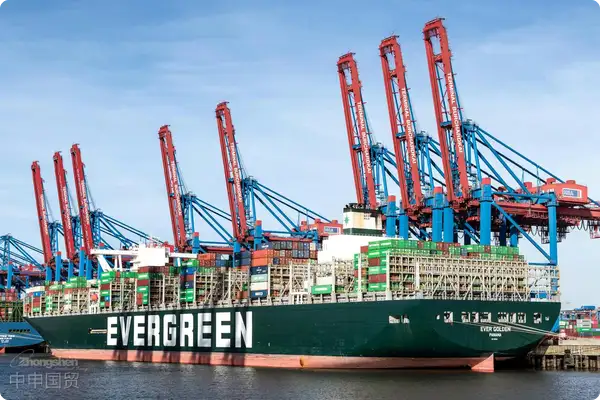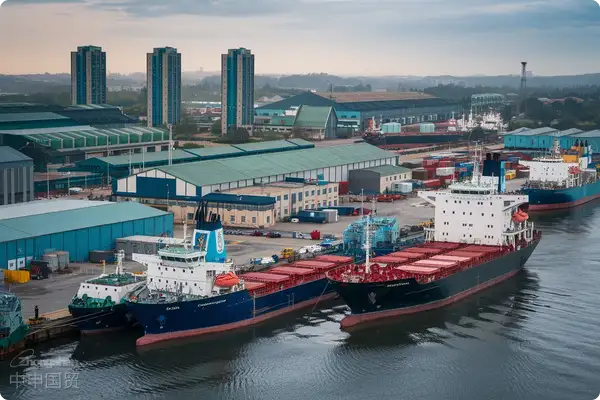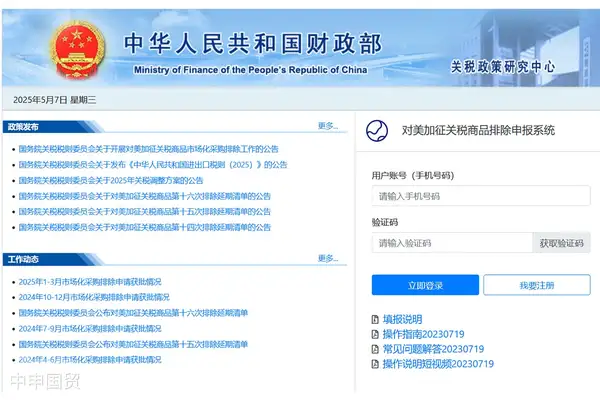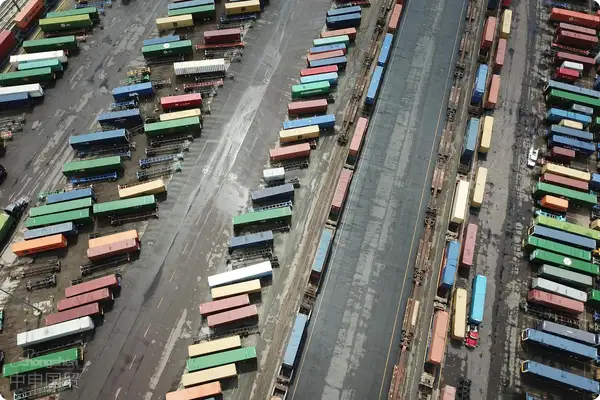- Shanghai Zhongshen International Trade Co., Ltd. - Two decades of trade agency expertise.
- Service Hotline: 139 1787 2118
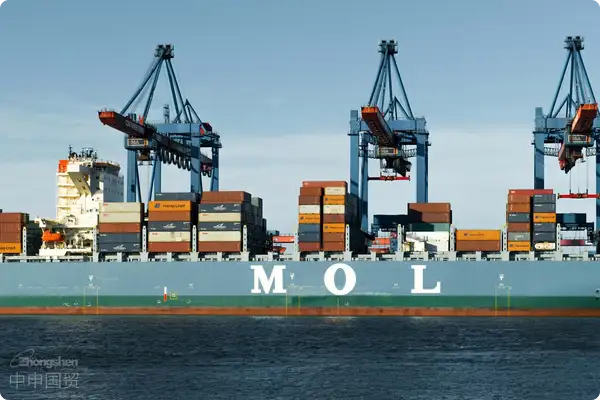
equipment. For example, Indonesia has the SNI certification, Thailand has the TISI certification, and the Philippines has the BPS certification. It is necessary to confirm in advance the equipment voltage (such as 380V/50Hz in Thailand), the compatibility of the CE certification, and the proof of environmentally friendly materials.Three core pain points in customs clearance
Latest customs statistics for 2025 show that electromechanical equipment products account forImport Customs Declaration61.4% of disputed cases, with average port detention losses due to non-standard declarations reaching 8.6% of cargo value. The special characteristics of professional equipment imports compared to ordinary goods clearance include:
- Complex technical parameter verification: Requires corresponding 8-digit HS codes and regulatory conditions
- Complex documentation system: Involves 18 types of documents including original manufacturer manuals, safety certifications, and environmental assessments
- High on-site inspection risks: Unpacking inspections may cause damage to precision equipment
Five key screening dimensions for high-quality agents
Based on field research of 37 agents in the Yangtze River Delta region, we found that professional equipment customs brokers should possess the following core capabilities:
- Electromechanical qualification certification system
- Member of the Electromechanical Professional Committee of China Customs Brokers Association
- At least 5 staff holding electromechanical commodity classification qualifications
- Risk prevention and control mechanisms
- Pre-classification dispute resolution channels
- Inspection emergency response team configuration
- Industry database accumulation
- Clearance records for similar equipment in the past three years
- Key inspection focus database for major ports
The golden 72-hour process for equipment clearance
Standardized service processes of professional brokers should include key control points:
- 48 hours before arrival
- Complete HS code pre-confirmation and regulatory document verification
- Develop special inspection protection plans
- 12 hours after declaration
- Real-time tracking of document review progress
- Prepare supplementary technical explanation materials
Comparison of typical industry clearance solutions
- Semiconductor Equipment
When a Japanese company's imported lithography machine had damaged vacuum packaging, the professional broker activated emergency procedures, using nitrogen-protected transportation to control equipment oxidation loss to within 0.3%
- Medical Equipment
For German MRI equipment imports, the broker completed radiation safety license procedures in advance, reducing approval cycle by 22 working days
Common service misconception warnings
2025 customs audit cases show that 47% of equipment clearance disputes stem from the following cognitive biases:
- Blind faith in low-price services: A company choosing a broker 15% cheaper faced 200% over-budget tax payments due to HS code errors
- Neglecting localized management: A western region company entrusting a coastal broker experienced clearance delays due to unfamiliarity with local customs enforcement characteristics
Related Recommendations
? 2025. All Rights Reserved. Shanghai ICP No. 2023007705-2  PSB Record: Shanghai No.31011502009912
PSB Record: Shanghai No.31011502009912
